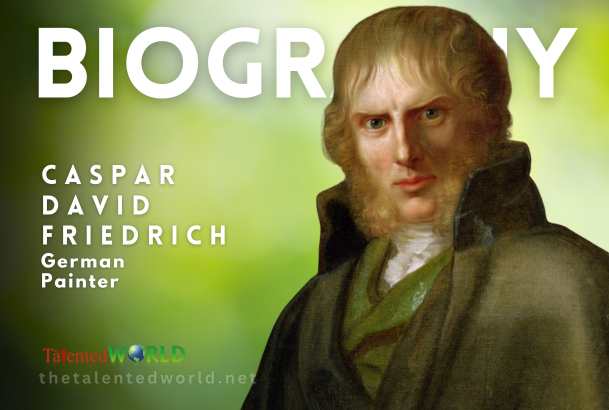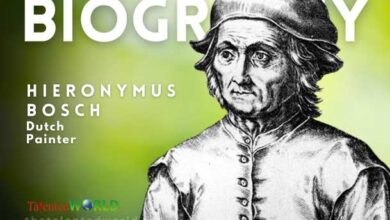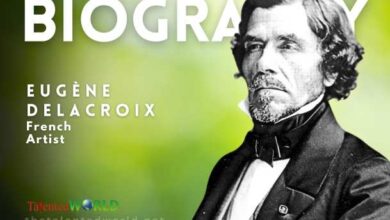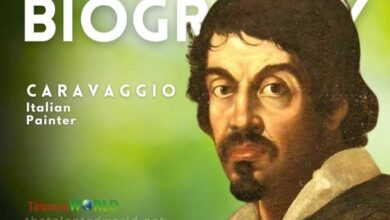| Full Name | Caspar David Friedrich |
| Date of Birth | 5 September 1774 |
| Place of Birth | Greifswald, Swedish Pomerania |
| Date of Death | 7 May 1840 |
| Place of Death | Dresden, Kingdom of Saxony, German Confederation |
| Nationality | German |
| Known For | Painting |
| Notable Works | The Monk by the Sea (1808–1810), Chalk Cliffs on Rügen (1818), Wanderer above the Sea of Fog (1818), Moonrise by the Sea (1822) |
| Art Movement | Romanticism |
| Primary Themes | Allegorical landscapes, contemplation of nature, symbolic and emotional responses to the natural world |
| Artistic Style | Romantic landscapes featuring contemplative figures against dramatic natural backdrops |
| Education | Studied in Copenhagen until 1798 |
| Early Career | Settled in Dresden, rose to early renown, influenced by a new appreciation of spirituality and nature |
| Contemporaries | J. M. W. Turner, John Constable |
| Influences | His work influenced Expressionists, Surrealists, and Existentialists |
| Early Life Tragedies | Lost his mother in 1781, sisters Elisabeth and Maria, and witnessed the drowning of his brother Johann Christoffer in 1787 |
| Later Life | Fell into obscurity during later years; his work was rediscovered and appreciated in the early 20th century |
| Legacy | Icon of German Romantic movement; reputation revived in the late 1970s; seen as promoting German nationalism during Nazi era, later reevaluated |






